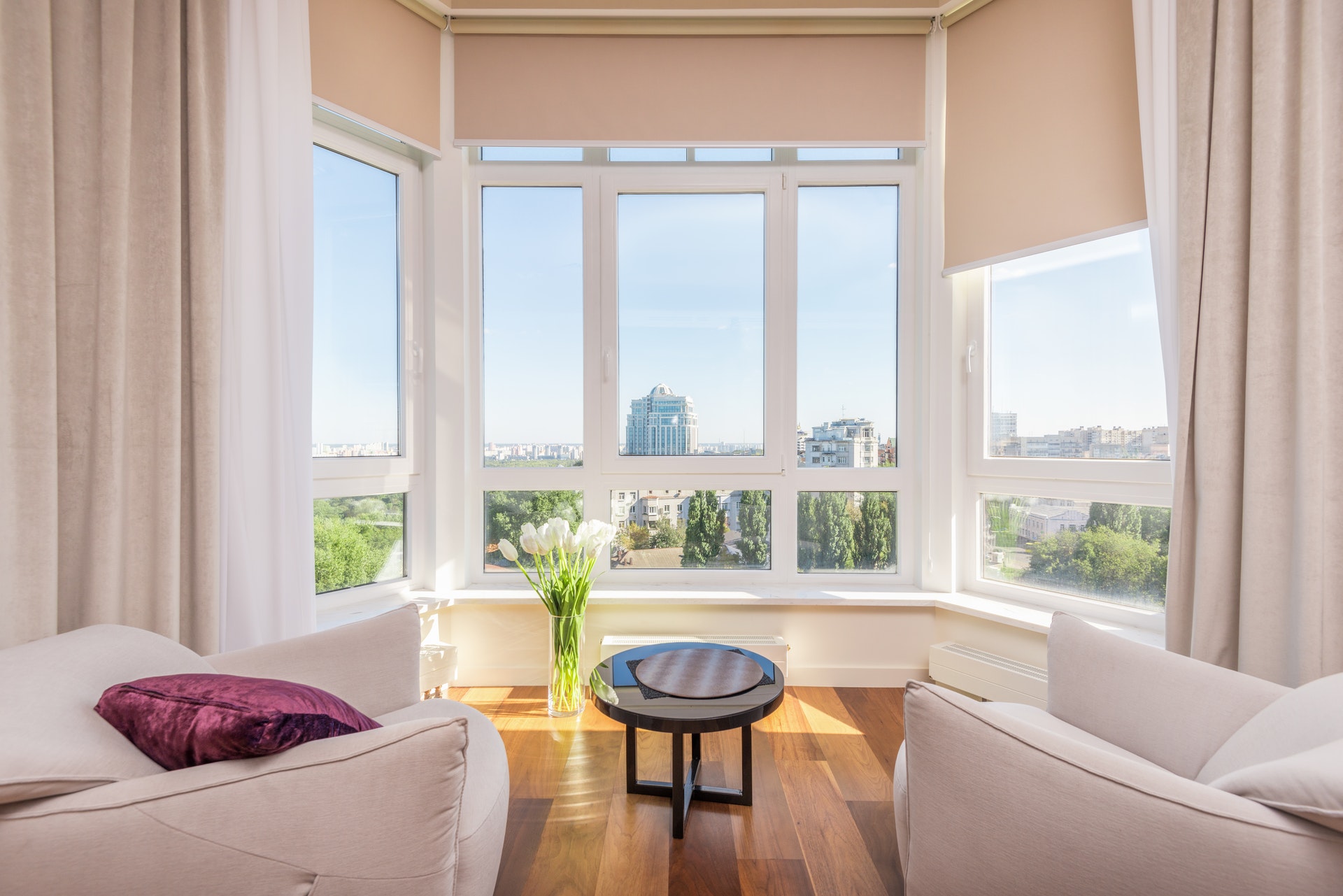The main difference between these two season rooms is how often you use them. A four-season room can be utilized all year, whereas a three-season room lacks the same heating and cooling capacity, making it unusable in hot and cold climates. However, there are other things to consider when deciding which room expansion style you want.
The Engineering and Materials:
Four-season rooms become dynamic because of how well the materials are chosen and how well the room's engineering is built to use them. The difference is in the type of glass. A four-season room has two insulated glass panes to help stop air from getting in, while a three-season room usually has just one pane of glass.
Four-season rooms that are heated are also available. The walls are much better insulated than a three-season room, which can sometimes be left uninsulated, and the insulation is also better. Even the materials used to frame things can be different.
Layout and Design:
When designing a four-season room, the heating and air conditioning will be connected to the main house's HVAC and heater. Designers need to keep this in mind as they plan the room's layout.
The design of three-season rooms will not be dependent on keeping them consistent with the rest of the house because they will have their heating and cooling systems (if they have them at all).
While some three-season rooms are connected to the house, this is not always the case. Some of the rooms have entrances. On the other hand, a four-season room will always have a door that leads into the home.
The Total Cost :
Four-season rooms use better materials than a three-season room addition. Costs like double-pane glass, more insulation, and structural engineering add up, and you'll end up with a room that gives you a better return on your money for extra square footage. So a four-season sunroom costs more than a three-season sunroom.

